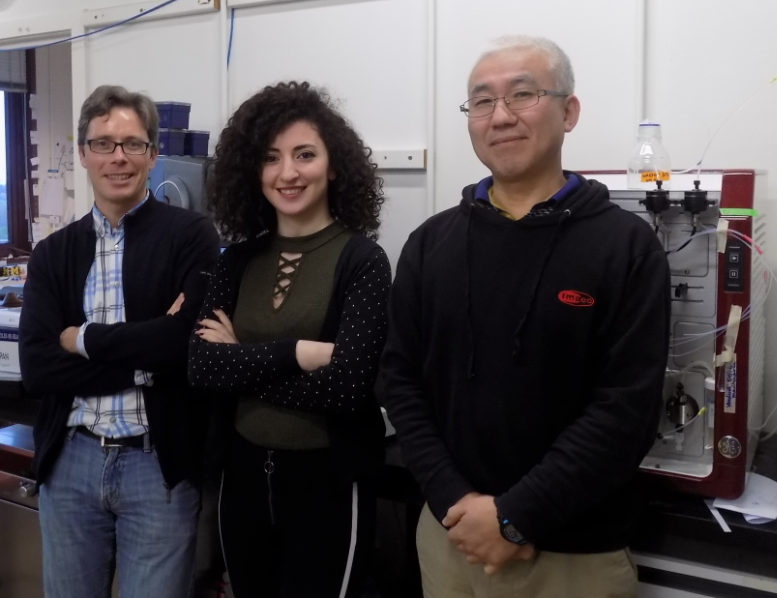

(Plos Biology news release)
20/12/2017
Bacteria must sense and respond to changes in their environment to survive, and their exterior membranes are their first line of defense. Exciting new research reveals a previously unappreciated aspect of this defense, which could be exploited to render antibiotic-resistant bacteria beatable. The research, publishing 19 December in the open access journal PLOS Biology by Jean-François Collet at UCLouvain's de Duve Institute in Belgium and colleagues from the University of Utah and Imperial College London, potentially opens the door to promising new treatments.
Bacteria appeared on earth more than a billion years before humans, and for nearly 350 years people have been exploring them to understand how they work and, above all, to try to fight those that cause them harm. More and more bacteria are becoming resistant to available antibiotics as they acquire new defence mechanisms.
So-called “gram-negative” bacteria, such as E. coli (and the bacteria that cause bubonic plague and gonorrhea), have two outer membranes that are separated by a region known as the periplasmic space. Lead author Jean-François Collet likes to compare these bacteria to a castle with a double protective enclosure, with the periplasm as the outer bailey. Bacteria monitor for any kind of perturbations to their outer membrane, such as the presence of a membrane-targeting antibiotic, and send a relay signal to the cytoplasm to mount an appropriate repair response. This response can make the bacteria resistant to the effects of the antibiotic.
While studying this stress-signaling pathway, the scientists found that by increasing the distance between the two membranes (the size of the periplasm) they could block the signal and thus the protective response. The increased distance prevented the sentinels at the outer membrane from being able to alert the bacterium that it was in danger and that it needed to activate its defenses. The researchers then discovered that they could compensate for the increased distance between the membranes by increasing the length of the stress-signaling proteins. This demonstrates that the distance between the two membranes is a critical aspect of the bacterial stress response, and one that could be exploited by novel antibiotics.
Gram-negative bacteria are exceptionally difficult to target with antibiotics because their double membranes are so hard to penetrate. However, using these new insights, researchers can now look for compounds that increase the distance between the membranes and disrupt the protective response to antibiotics. These compounds may also make currently available antibiotics more effective and could render antibiotic resistant bacteria sensitive again.
More details about this discovery in ScienceToday
 |
| Jean-François COLLET, Abir ASMAR & Seung Hyun CHO |
Article describing this research
Communication across the bacterial envelope depends on the size of the periplasm
Asmar AT, Ferreira JL, Cohen EJ, Cho S-H, Beeby M, Hugues KT, Collet JF
LeSoir.be – L’UCL innove dans le combat contre les bactéries – 19/12/17
LaLibre.be – Des chercheurs de l'UCL découvrent une nouvelle voie pour lutter contre les bactéries résistantes aux antibiotiques (video) – 19/12/17
RTL.be – L'UCL découvre comment combattre les bactéries qui résistent aux antibiotiques – 20/12/17
Moustique.be - Comment déjouer les bactéries tueuses ? (video) – 19/12/17
LeVif.be – Des chercheurs enregistrent une avancée majeure dans la recherche sur les bactéries – 19/12/17
Independant.co.uk – Groundbreaking new way of fighting antibiotic-resistant bacteria discovered by scientists – 19/12/17
Phys.org – Storming the castle: New discovery in the fight against bacteria – 19/12/17
Ecodiario.es – Más cerca del fin de las bacterias – 19/12/17
LBC Lebanon news - إنجاز لبناني جديد... طالبة دكتوراه تشارك في دراسة تشكل نقلة نوعية في عالم الأبحاث الطبية - 21/12/17